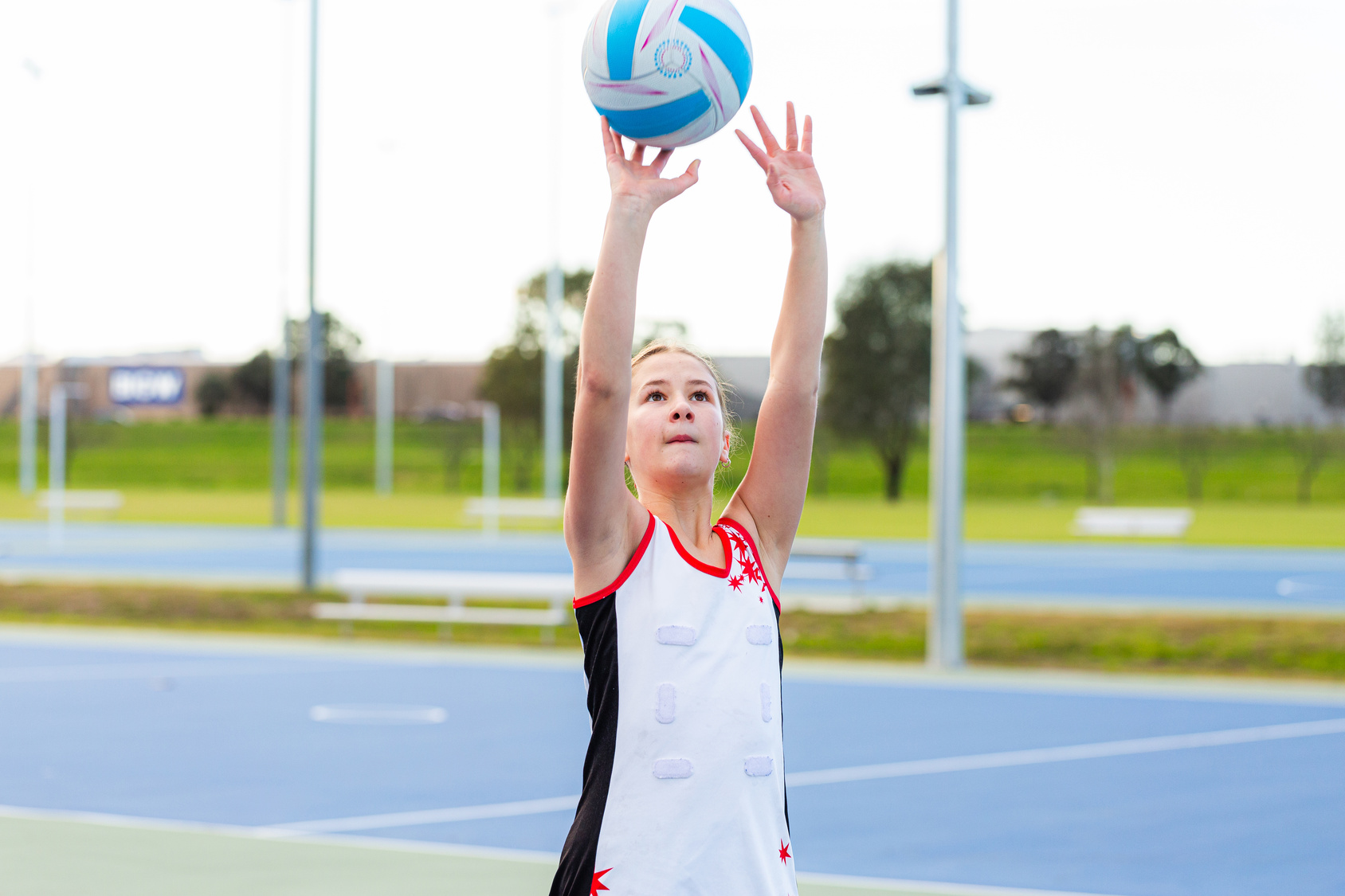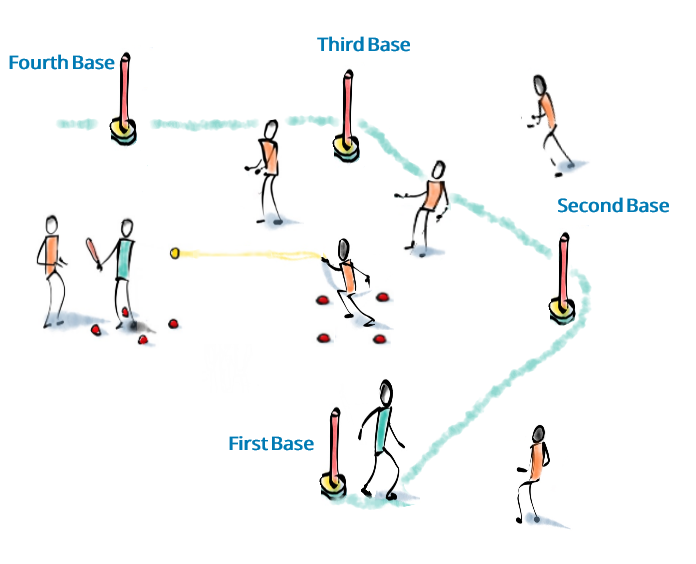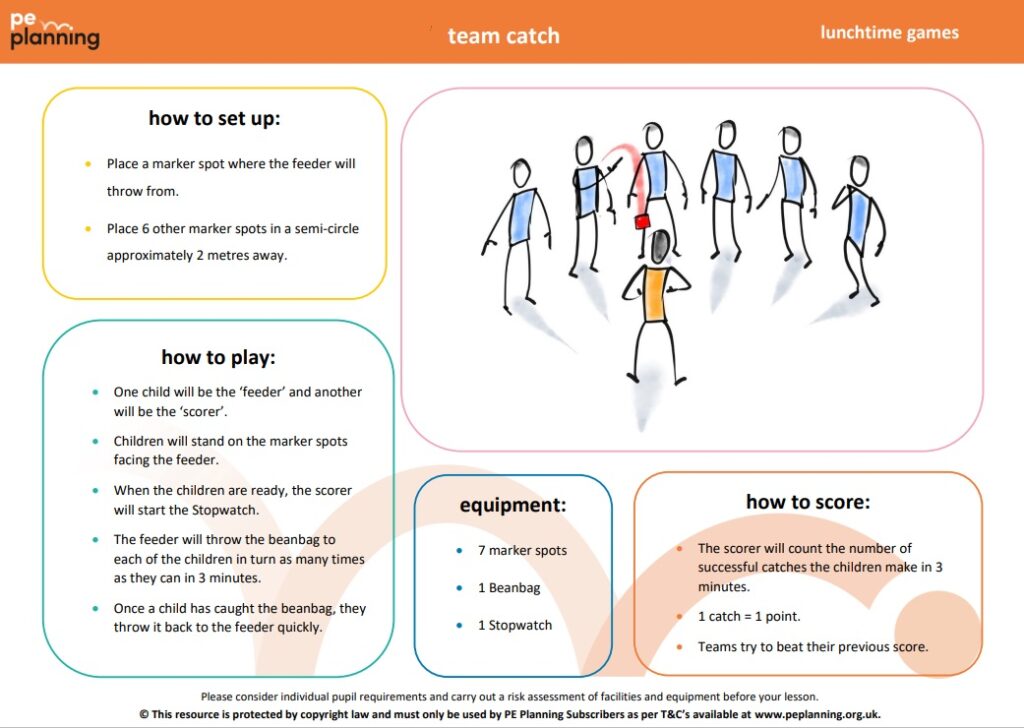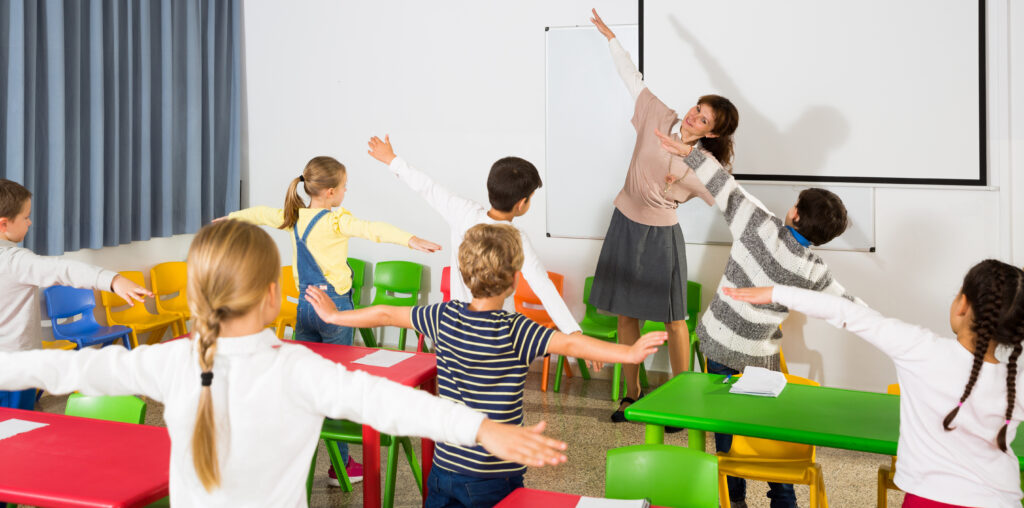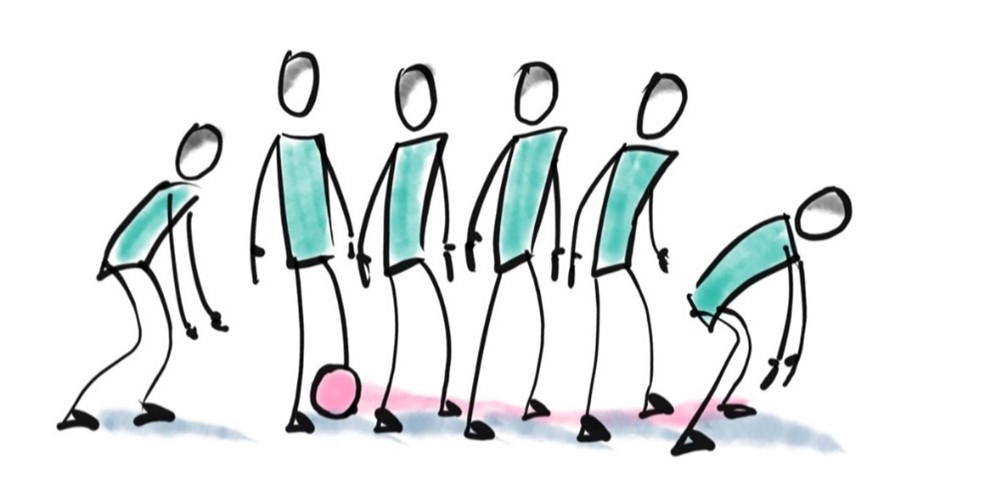7 Ball Games for the Classroom
“Surely Ball Games are for outdoor PE only?”. Actually, we don’t think so! And with the wintery weather affecting outdoor PE, and Christmas rehearsals taking over the school hall, now is the time to think outside of the box!!

“Surely Ball Games are for outdoor PE only?”. Actually, we don’t think so! And with the wintery weather affecting outdoor PE, and Christmas rehearsals taking over the school hall, now is the time to think outside of the box!!
Please don’t cancel PE! We have you covered. With some adaptations, we know that you can continue to deliver Primary School PE in the classroom, even ball games!
Here are 7 fun ball games that can easily be adapted for the classroom to keep your children active and engaged in PE, whilst still developing skills such as hand/eye coordination.
NB: Create as much space as possible in your classroom by moving tables and chairs to the side of the room. Children can help with this. And here’s what we suggest…
Ball Games 1 – Team Catch
Taken from our Lunchtime Resources
Equipment required – several soft balls – Size can vary depending on age and ability.
- Split the class into small groups, approximately 6/7.
- 5/6 children must stand in a semi-circle with the 7th child standing in front as the feeder.
- The feeder must throw the ball to any child and receive it back.
- They must try to complete as many passes as possible in 60 seconds.
- Remind children to throw the ball to all team members.
- Swap the feeder after each round.
- If you have been working on a particular ball game in PE, such as Netball, ask the children to perform sports specific throws, such as a chest pass.

Ball Games 2 – Target Throw
Taken from our Athletics Lesson Plans
Equipment required – soft balls, hoops (if available and space allows), alternatively a chair and beanbags can be used.
- Split the class into small groups of approximately 5 children.
- Place a marker spot for each group to line up behind.
- If space allows, place a hoop (or 2/3 if space available) about 3 metres from the start marker. (If space or equipment is an issue, place a chair in line with each group to use as a target and use a beanbag instead of a ball).
- The pupil at the front of each line aims for a hoop in front of their line. (If using a chair, the aim is to land the beanbag on the chair).
- If the ball lands in the hoop (or beanbag lands on the chair) the team score 1 point.
- If more than one hoop is being used, create a scoring system such as 3 points for the furthest hoop away, 2 points for the middle hoop and 1 point for the closest hoop.
- Every child has 3 attempts. Ask teams to keep score throughout.
Ball Games 3 – Green Bowls
Taken from our Quick Games Resources
Equipment required – One large ball per group and 1 small ball per pupil.
- Split the class into groups of 6.
- Each child needs a small ball, and each group needs a large ball to use as the jack.
- On the signal the first child in each group rolls the ‘jack’ with control out in front of them.
- They then roll their small ball, trying to land it as close to the jack as possible.
- Each child in the group takes their turn rolling their ball towards the jack.
- The closest ball to the jack scores 1 point.
- Change the bowling order to ensure a new child rolls the jack each time.
- In addition, to make the game more competitive, create a mini tournament changing opponents every 3 attempts.
Ball Games 4 – Do This, Do That
Taken from our Handball Lesson Plans
Equipment required – one ball per pupil.
- Children work in their own space.
- At the front of the class, with a ball, the teacher performs an action with the ball and says “do this” as they complete the action.
- The children must copy the action in their space.
- The teacher keeps changing the action for children to copy.
- If an action is performed whilst the teacher calls “Do That” the children must not copy and continue with the previous action.
- Actions can include bouncing the ball, throwing and catching the ball, rolling the ball around body parts, as well as movement actions such as jumping whilst keeping control of the ball.
- To progress, select a pupil to play the role of the ‘caller’ at the front of the class instead of the teacher.

Ball Games 5 – Catching Challenge
Taken from our Lunchtime Resources
Equipment required – several soft balls, floor markers/cones/or something to use as a marker such as a book.
- Place 2 markers on the floor, approximately 5 metres apart (depending on space available and class ability).
- Split the class into groups of 6.
- 3 children stand behind one marker and the other 3 stand behind the marker opposite.
- On the signal, the first child throws the ball to the first child in the opposite line, then runs to the back of their own line.
- Teams keep throwing and catching for 1 minute, scoring 1 point for each successful catch.
- If a ball is dropped, teams lose two points from their total score (for cross curricular purposes, alter the scoring system, such as counting in 2’s or dividing the score if the ball is dropped).
- Choose one pupil from each group to keep score and change after each round.
- To increase the difficulty, move markers further apart.
- To increase the intensity level, ask children waiting to perform simple exercises such as jumping jacks.
Ball Games 6 – Caterpillar Relay
Taken from our Volleyball Lesson Plans
Equipment required – One large ball per team, plus smaller balls to progress.
- Split the class into groups of approximately 8 and line the children up, one behind the other, with a little space between each child.
- The child at the front of each line needs a large ball.
- On the signal, the ball must travel down the line, going over the first child’s head, then under the next child’s legs, repeating this pattern to the end of the line.
- When the child at the end receives the ball, they must run to the front of their line and start again.
- Groups race against each other until the child who started at the front is back to the start.
- If needed, give groups time to practise before turning it into a race.
- Alter the sequence pattern to progress the activity and continue working on ball handling skills. Examples include…
- Only over the head, OR only through the legs.
- Roll the ball through legs to the back of the line.
- Side to side – opposite side each time.
- Through the legs but working back to front & when the ball is at the front the first child runs to the back.
- Around the body, where children roll the ball around their waist to their back for the pupil behind to collect. But children must not twist their body.
- Rolling the ball on the floor – this can work well if your topic has been football. For example, the first player steps forward and passes the ball through their teams’ legs for the back player to receive.
- To progress, use a smaller ball to increase the difficulty of the activity.

Ball Games 7 – Copy Cats
Taken from our Football Lesson Plans
Equipment required – One ball each, or per pair if not enough equipment or space.
- Children work in pairs, with one child being the leader.
- The leader performs whatever action they want with the ball staying on the spot.
- Partners must try to copy their action as closely as possible.
- Swap roles every minute.
- To progress, ask leaders to change actions faster, or to link 2/3 actions together for their partner to copy.
We hope these primary school ball games help as a ‘back up’ for those occasions where space is limited for PE. You can also find a whole section dedicated to Classroom PE with lesson plans and resources designed for the classroom.
We are always happy to answer any Primary PE related questions as well as help with planning progressions, differentiation, and game adaptations. Please just get in touch!
You can also follow us on Twitter and Facebook for tips and free PE resources to help throughout the school year.
